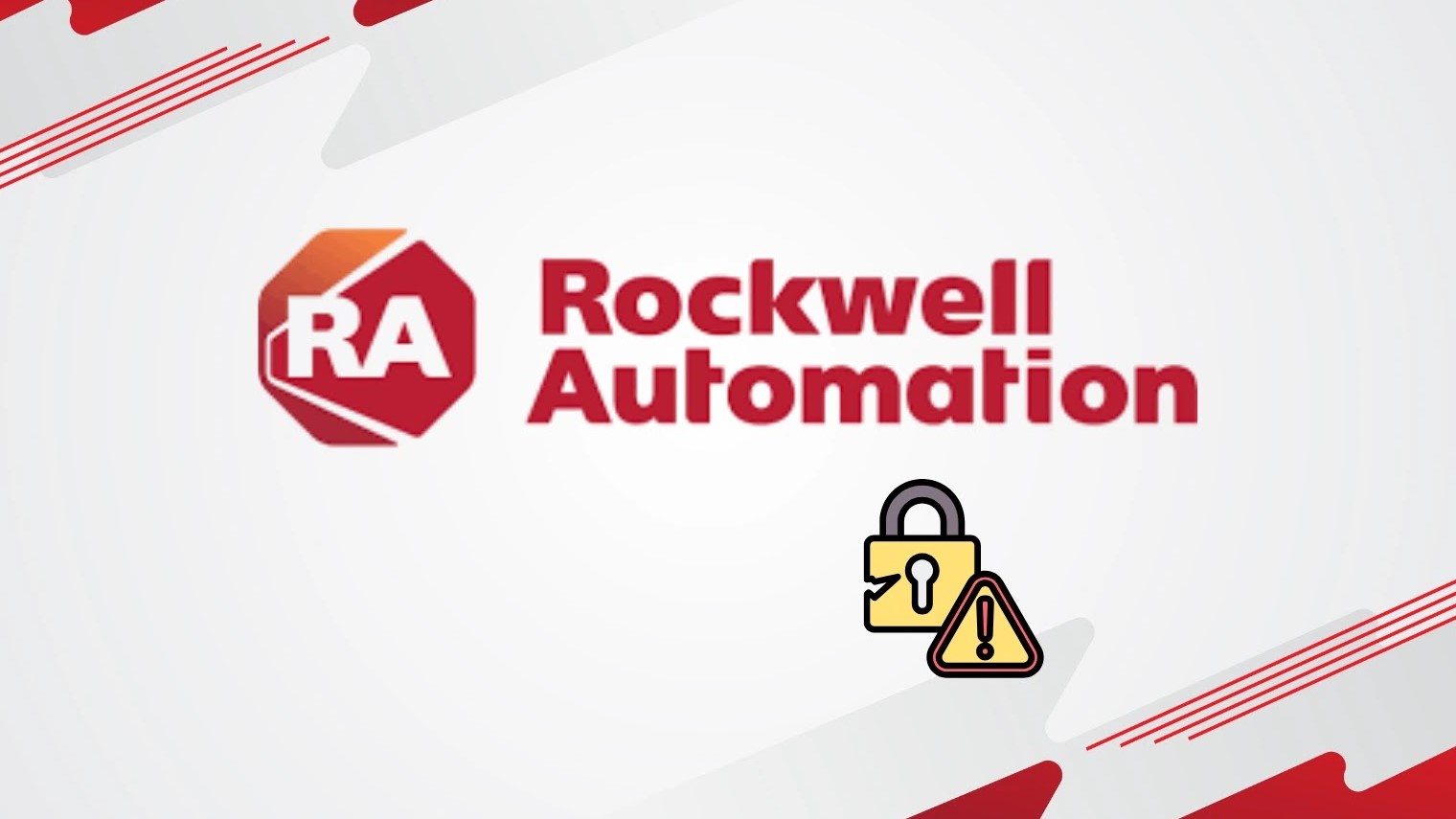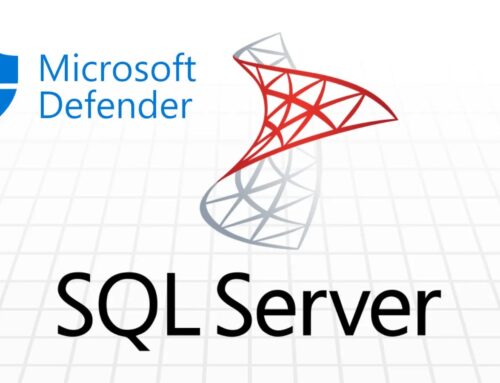
Rockwell ControlLogix Ethernet Vulnerability Let Attackers Execute Remote Code
The Critical Threat to Industrial Control Systems: Rockwell ControlLogix Ethernet Vulnerability
The operational technology (OT) landscape is a critical foundation for modern industry, yet it frequently faces severe cybersecurity challenges. A recent discovery spotlights a significant vulnerability in Rockwell Automation’s ControlLogix Ethernet communication modules, presenting a direct and severe threat to industrial control systems (ICS). This flaw could allow remote attackers to execute arbitrary code, potentially leading to catastrophic disruptions in essential infrastructure and manufacturing processes.
Understanding the Vulnerability: CVE-2025-7353
The vulnerability, officially tracked as CVE-2025-7353, targets specific Rockwell ControlLogix Ethernet modules. Its severity is underscored by a CVSS (Common Vulnerability Scoring System) score of 9.8 out of 10, categorizing it as critical. This high score indicates that the vulnerability is easily exploitable remotely, requires no user interaction, and could lead to complete loss of confidentiality, integrity, and availability of the affected systems.
Affected Modules and Potential Impact
While specific models were not detailed in the immediate disclosure, the vulnerability broadly affects multiple ControlLogix Ethernet modules. These modules are integral components in countless industrial environments, facilitating communication within Programmable Logic Controllers (PLCs) and other automation equipment. An attacker exploiting CVE-2025-7353 could:
- Execute arbitrary code on the affected ControlLogix modules.
- Manipulate or halt industrial processes.
- Gain unauthorized access to sensitive operational data.
- Introduce malicious logic into the control system, leading to equipment damage or unsafe conditions.
- Cause significant production downtime and financial losses.
The Anatomy of an ICS Attack
Exploiting a vulnerability like CVE-2025-7353 typically involves a sophisticated attack chain. Attackers would likely aim to gain initial access to the network segment where the ControlLogix modules reside, often through phishing, supply chain compromise, or exploiting other perimeter vulnerabilities. Once inside, they could leverage this Ethernet vulnerability to establish command and control over the PLCs, effectively taking over critical industrial operations. The potential for kinetic effects – real-world destruction or disruption – is a paramount concern with ICS vulnerabilities of this magnitude.
Remediation Actions and Mitigations
Organizations operating Rockwell ControlLogix Ethernet modules must act swiftly to mitigate the risks associated with CVE-2025-7353. While a direct patch from Rockwell Automation is the primary long-term solution, several immediate and proactive measures can be taken:
- Apply Vendor Patches: Monitor Rockwell Automation’s official security advisories for patches specific to CVE-2025-7353 and apply them immediately once available.
- Network Segmentation: Implement strict network segmentation to isolate OT networks from IT networks and critical production assets from less critical systems. This limits the lateral movement of attackers.
- Firewall Rules: Configure firewalls to restrict communication to and from ControlLogix modules to only necessary and authorized IP addresses and ports. Employ least-privilege principles for network access.
- Intrusion Detection/Prevention Systems (IDS/IPS): Deploy and properly configure IDS/IPS solutions capable of monitoring industrial protocols for anomalous behavior and known attack signatures.
- Secure Remote Access: Disable or tightly control remote access to OT systems. If remote access is essential, use secure VPNs with multi-factor authentication (MFA) and enforce strict access policies.
- Vulnerability Management: Regularly scan OT environments for known vulnerabilities and misconfigurations.
- Employee Training: Educate personnel on social engineering tactics and cybersecurity best practices to prevent initial compromise.
Essential Tools for ICS Security
Effective defense against vulnerabilities like CVE-2025-7353 requires specialized tools for detection, assessment, and monitoring within ICS environments.
| Tool Name | Purpose | Link |
|---|---|---|
| Claroty Continuous Threat Detection (CTD) | Comprehensive visibility, threat detection, and vulnerability management for OT networks. | https://www.claroty.com/ |
| Nozomi Networks Guardian | Passive monitoring, asset inventory, vulnerability detection, and threat intelligence for OT/ICS. | https://www.nozominetworks.com/ |
| IOActive Industrial Control Systems (ICS) Security Assessment Services | Expert-led penetration testing and vulnerability assessments for critical infrastructure. | https://www.ioactive.com/services/industrial-control-systems-ics-security/ |
| Nessus (OT Scanners) | Vulnerability scanning with specialized plugins for industrial protocols and devices. | https://www.tenable.com/products/nessus |
Conclusion: Fortifying Our Industrial Defenses
The discovery of CVE-2025-7353 in Rockwell ControlLogix Ethernet modules is a stark reminder of the urgent need for robust cybersecurity measures in industrial environments. The potential for remote code execution with a CVSS score of 9.8 signifies a critical threat that cannot be overlooked. Proactive vulnerability management, stringent network segmentation, vigilant monitoring, and timely application of vendor patches are not merely best practices but essential strategies for safeguarding the integrity and continuity of industrial operations against sophisticated cyber threats.





